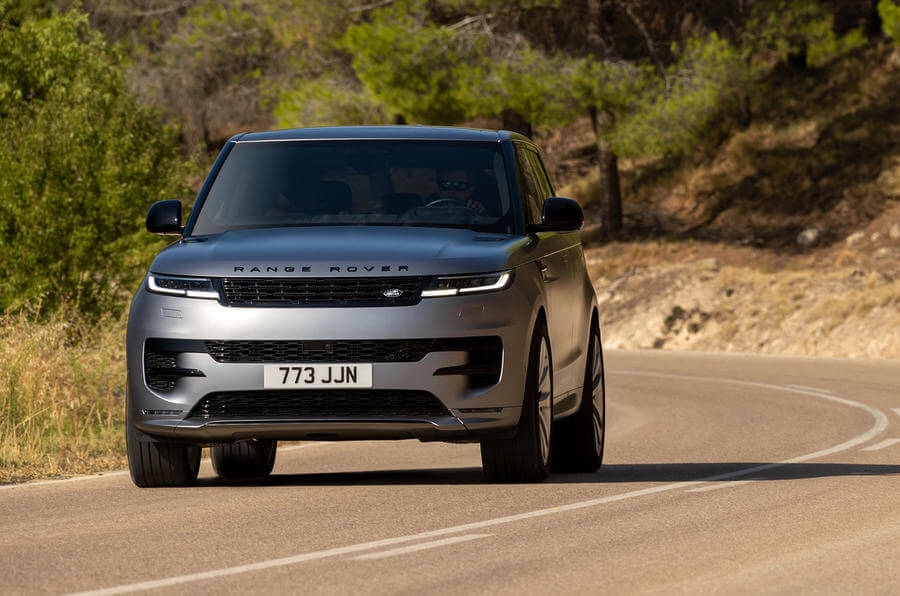Next-generation Sport will receive BMW X6 M’s V8 and an equally potent EV set-up.
The 4.4-litre V8, referred to internally as the S63, currently propels BMW’s hottest M cars, with maximum outputs of 467kW and 750Nm in the hardcore M5 CS super-sedan. Land Rover will deploy its own version of the engine in its top-rung SUVs, with a bespoke tune and various modifications carried out by its engineers to best suit their characteristics.
As featured in the Range Rover, it produces 390kW for a 0-100km/h time of 4.6sec – slightly less power but a comfortable performance improvement over the previous V8 car – and those outputs are expected to be increased for the Sport in line with its more overt driver-focused billing.
It is most likely that the new Sport SVR – which will be marked out by an aggressive styling package comprising quad-exit exhausts and a prominent rear spoiler – will be tuned to match the 460kW of the BMW X6 M Competition. That will bring the 0-100km/h time closer to the 4.0sec mark and bump the top speed to around 300km/h.
Such a boost would strengthen the hottest Range Rover’s credentials in the fiercely competitive and increasingly important super-SUV segment, which has swelled considerably since the current car’s 2013 introduction. New arrivals include the Aston Martin DBX, Porsche Cayenne Coupe, Lamborghini Urus and Maserati Levante Trofeo.
Not only that, but the BMW V8 is said to be 17 per cent more efficient than the outgoing ‘AJ’ unit. In its lower state of tune, it is officially capable of 11.6L/100km and emits 265g/km on the WLTP combined cycle. However, Land Rover will take its push to reduce its impact on the environment further with a more widely electrified Range Rover Sport line-up.
The MLA architecture can accommodate a variety of electrified powertrains and the standard Sport will follow the Range Rover in adopting a range of 48V mild-hybrid-equipped straight-six engines – both petrol and diesel – ranging in output from 183kW to 295kW. But more notable will be the introduction of a heavily uprated plug-in hybrid system that pairs a 3.0-litre six-cylinder petrol engine with a 105kW electric motor and a 31.8kWh (usable) battery offering 100km of EV range.
Felix Page




